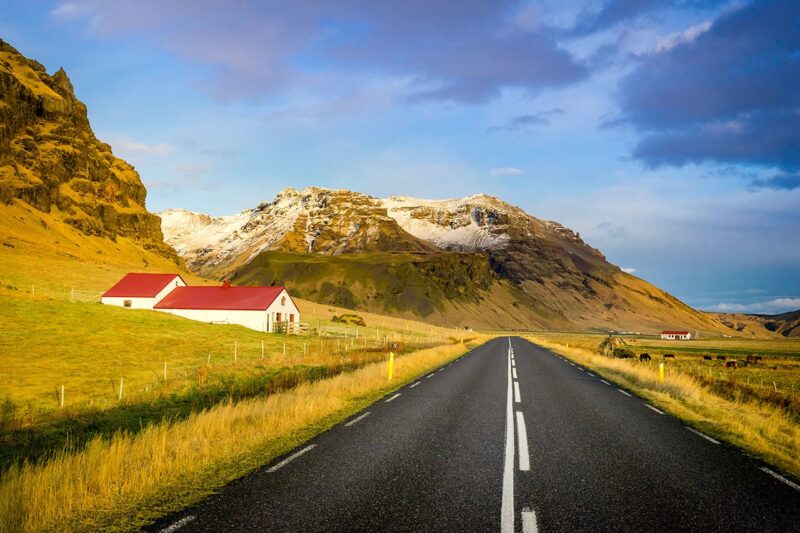A road trip around Iceland can be an unforgettable adventure.
To make the most of your journey, follow these essential dos and don’ts.
They will help you stay safe, respect the local environment, and enjoy the unique landscapes and culture of Iceland.
| Dos | Don’ts |
|---|---|
| Watch Out for Sheep | Don’t Stop on the Side of the Highway for Photos |
| Prepare for One-Lane Bridges | Don’t Feed the Livestock |
| Make Plans for the Off-Season | Don’t Buy Bottled Water |
| Pack Warm Clothing | Don’t Drive Off-Road |
| Learn Basic Icelandic Phrases | Don’t Underestimate the Weather |
| Explore East Iceland | Don’t Rush Your Trip |
| Fill Up Your Gas Tank Frequently | Don’t Book Accommodation Last Minute |
Things To Do During Iceland Road Trip
Watch Out for Sheep
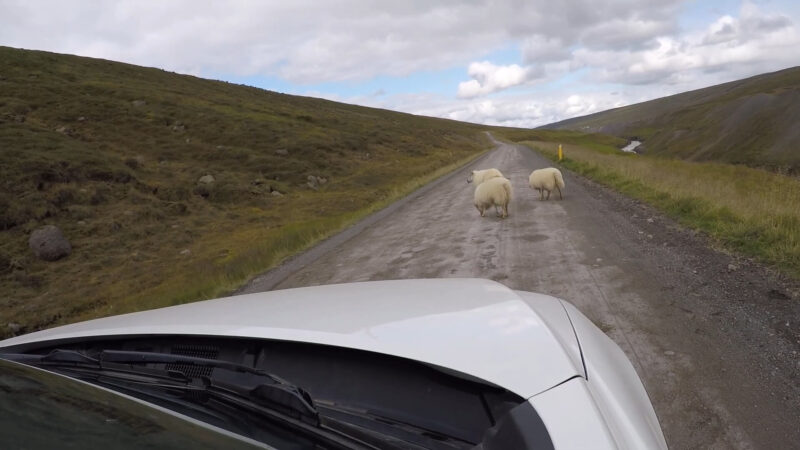
During the summer, sheep roam freely across Iceland’s roads. They are not enclosed and can often dart out unexpectedly. Slow down when you see them and honk gently to scare them off the road. This is crucial for your safety and theirs.
Sheep can cause accidents if they suddenly run onto the road, so always be vigilant, especially in rural areas where they are more common. In the winter, sheep are herded and not as likely to be on the roads, but always stay alert for wildlife.
Prepare for One-Lane Bridges
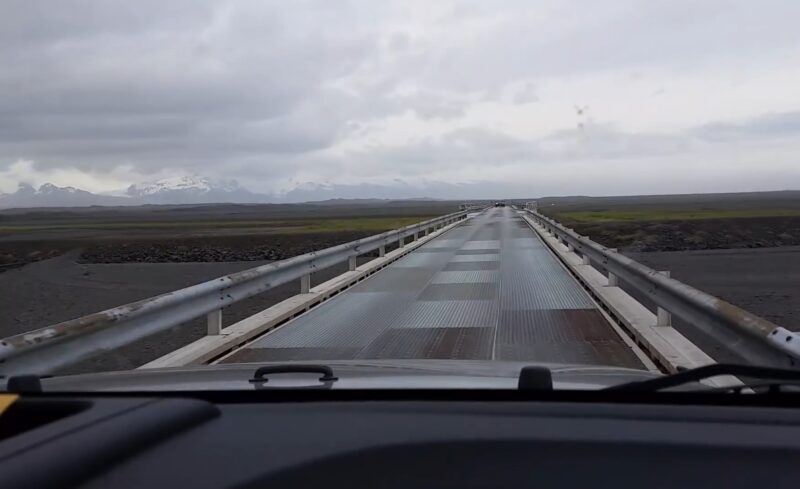
Many bridges on Iceland’s Ring Road have only one lane. Approach these bridges slowly and check for oncoming traffic. Be patient and take turns crossing to avoid accidents. These bridges are common, and understanding how to navigate them safely is essential.
Yield to oncoming traffic if they reach the bridge first. Familiarize yourself with the yield signs and practice caution at each bridge.
Make Plans for the Off-Season
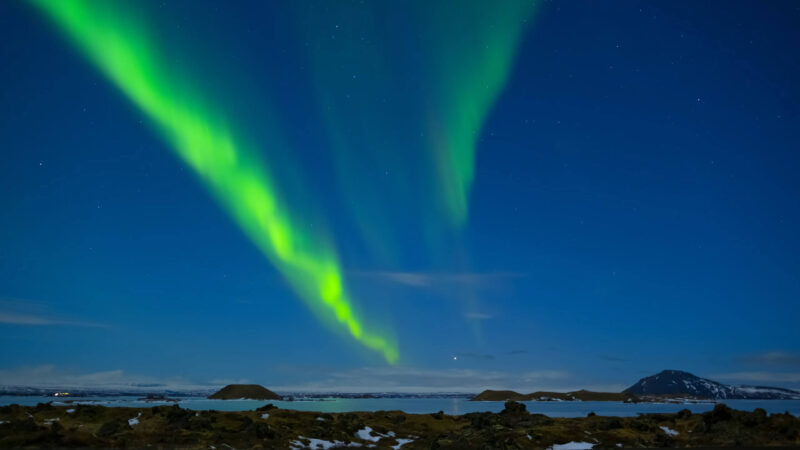
Visiting Iceland during the off-season (December, January, September) helps you avoid the peak tourist crowds. You can experience autumn colors, northern lights, and snowy landscapes that are less accessible in summer.
Off-season travel also means lower prices for accommodations and attractions. Be prepared for shorter daylight hours in winter and always check road conditions, as some roads might be closed due to snow.
Pack Warm Clothing
Iceland’s weather is unpredictable. Always have warm layers, including a rain jacket, windbreaker, scarf, thick socks, and a wool sweater. This preparation ensures you stay comfortable no matter how the weather changes.
Layering is key; it allows you to adjust your clothing to the varying temperatures throughout the day. Even in summer, temperatures can drop quickly, especially in the evenings or at higher elevations.
Learn Basic Icelandic Phrases
Although most Icelanders speak English, learning a few basic phrases in Icelandic can enhance your travel experience. Simple greetings and phrases show respect for the local culture and can make interactions smoother.
Phrases like “hello” (halló), “thank you” (takk), and “goodbye” (bless) are easy to learn and use. Icelanders appreciate when visitors make an effort to speak their language, even if it’s just a few words.
Explore East Iceland
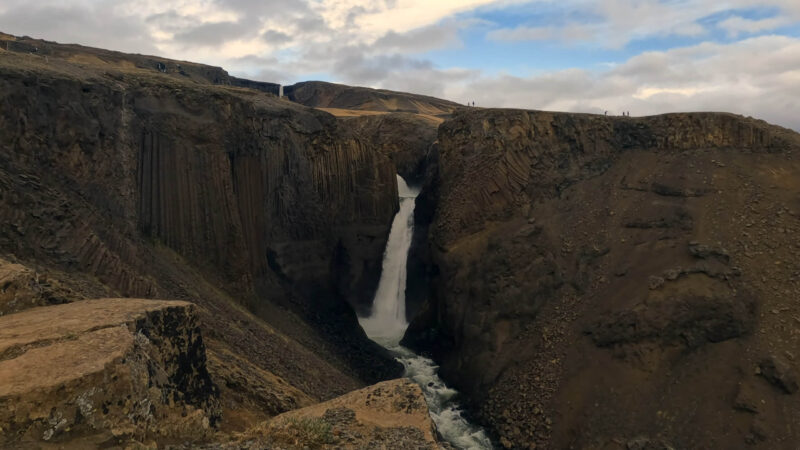
East Iceland is less visited but offers stunning attractions like Lake Lagarfljót, Hengifoss waterfall, and Vestrahorn Mountain. Allocate time to explore this region to see unique landscapes and avoid the more crowded tourist spots.
The area is known for its serene beauty and fewer tourists, allowing for a more peaceful experience. Plan your route to include some of the hidden gems of East Iceland and enjoy the tranquility it offers.
Fill Up Your Gas Tank Frequently
Gas stations are sparse in remote areas. Always fill up when you see a station to avoid running out of fuel in the middle of nowhere. It’s also a good idea to stock up on snacks during these stops.
Plan your route to include known gas stations and keep an eye on your fuel gauge. In some areas, gas stations might be several hours apart, so never let your tank get too low.
Things To Avoid During Your Iceland Road Trip
Don’t Stop on the Side of the Highway for Photos
Iceland’s roads can be narrow and stopping on the side is dangerous. Look for designated pull-off areas to take your photos safely. This ensures you don’t obstruct traffic or cause accidents. Iceland’s landscapes are breathtaking, but safety must come first.
Use the many scenic viewpoints and parking areas designed for stopping. Always ensure your vehicle is completely off the road before exiting to take pictures.
Don’t Feed the Livestock
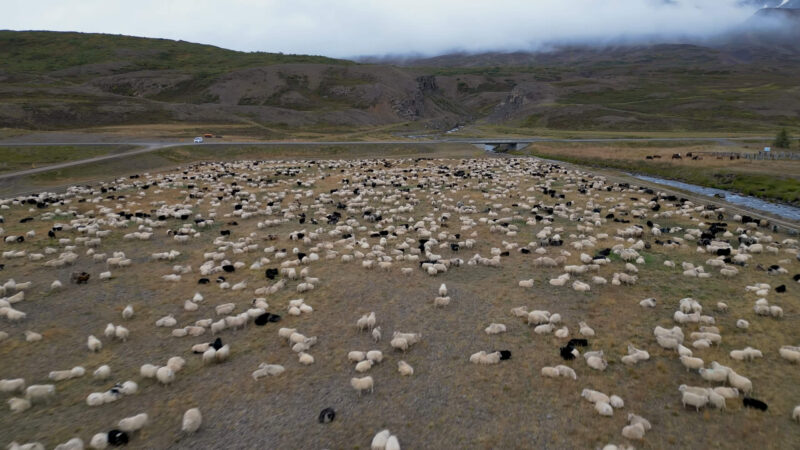
Feeding Icelandic horses or other livestock can harm their health. It’s tempting to interact with them, but it’s better to observe and appreciate them from a distance. Livestock in Iceland have specific diets, and foreign foods can cause digestive problems or nutritional imbalances.
Enjoy the sight of these animals in their natural habitat, but resist the urge to feed them.
Don’t Buy Bottled Water
Iceland has some of the purest tap water in the world. Bring a reusable water bottle and fill it up as needed. This saves money and reduces plastic waste. The tap water is clean, refreshing, and free.
Icelanders are proud of their water quality, and using a reusable bottle is both eco-friendly and economical.
Don’t Drive Off-Road
Off-road driving is illegal in Iceland and can cause significant damage to the environment. Stick to marked roads to protect the fragile landscape and avoid hefty fines. The country’s terrain is delicate, and off-road driving can lead to erosion and damage to plant life.
Respect the natural beauty by staying on designated paths and roads.
Don’t Underestimate the Weather
Iceland’s weather can change rapidly, making it essential to stay updated on forecasts and be prepared for sudden shifts. Always have extra layers and waterproof gear on hand. Check weather reports regularly and be prepared for rain, snow, wind, or sunshine at any time.
Having the right gear ensures you stay comfortable and safe during your travels.
Don’t Rush Your Trip
A road trip around Iceland typically requires at least seven days to enjoy fully. Rushing can limit your experience and increase stress. Plan for a relaxed itinerary to explore at your own pace. Give yourself time to stop and appreciate the sights, take detours, and fully immerse yourself in the Icelandic experience.
A well-paced trip allows for a richer, more enjoyable adventure.
Don’t Book Accommodation Last Minute
Due to high tourism, accommodations can fill up quickly. Book in advance to ensure you have a place to stay, especially in popular areas. Last-minute bookings can lead to higher prices or limited options.
Plan your route and book lodgings ahead of time to secure the best places at reasonable rates. This foresight helps avoid the stress of finding a place to sleep after a long day of travel.
FAQs
How do I manage fuel costs during my road trip in Iceland?
Fuel can be expensive in Iceland. Use fuel-efficient driving techniques, such as maintaining a steady speed and avoiding rapid acceleration. Plan your stops at gas stations wisely, and consider using apps to find the cheapest fuel prices. Also, try to rent a fuel-efficient vehicle to save on costs.
Are there any toll roads in Iceland?
Yes, there is one major toll tunnel in Iceland: the Hvalfjörður Tunnel, which is part of Route 1 (the Ring Road). It is important to have cash or a credit card ready to pay the toll. Check current toll prices and payment methods before your trip to avoid any surprises.
What should I know about Iceland’s F-Roads?
F-Roads are mountain roads that are only accessible by 4×4 vehicles and are typically open only during the summer months. These roads can be challenging, with rough terrain and river crossings. Before attempting to drive on F-Roads, ensure you have a suitable vehicle, check the road conditions, and prepare adequately for remote driving.
How can I ensure my safety during Iceland’s changing weather conditions?
Always check the weather forecast before heading out and be prepared for sudden changes. Carry emergency supplies, such as food, water, blankets, and a first-aid kit. If the weather becomes severe, seek shelter and avoid unnecessary travel. Icelandic weather can be unpredictable, so it’s crucial to stay informed and prepared.
What are the driving restrictions during winter in Iceland?
During winter, some roads, especially in the highlands, may be closed due to snow and ice. Always check road conditions before traveling. Equip your vehicle with winter tires and drive cautiously on icy roads. It’s also advisable to carry snow chains and be prepared for reduced visibility and slippery conditions.
Last Words
Exploring Iceland by road is a unique and rewarding adventure. By following the essential tips provided, you can ensure a safe and enjoyable trip. Prepare adequately, respect local customs and wildlife, and take your time to fully experience the stunning landscapes. Enjoy your journey through this beautiful country and create unforgettable memories.

